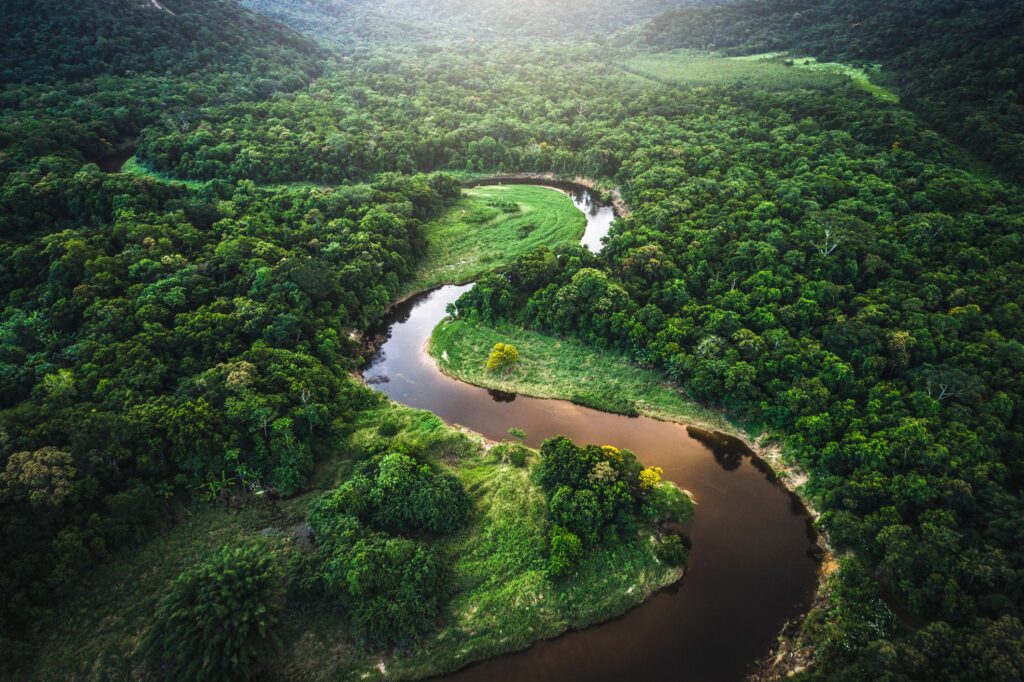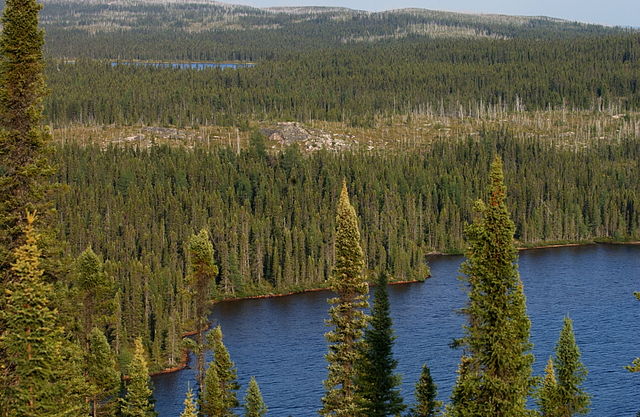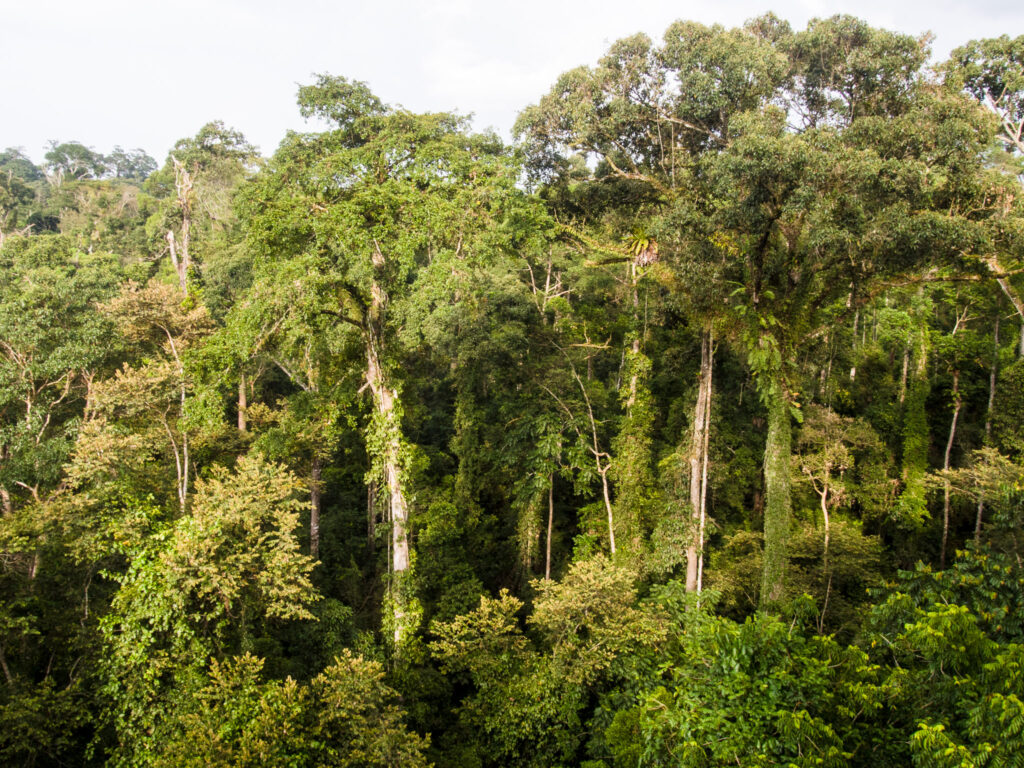Trees and their functions are vital for humans and animals. Many trees together form a forest, and this serves as a source of food and habitat. With the spread of human civilisation, millions of hectares of forest had to be converted. Below is the top 8 largest forests that are still active.
1) Amazon
The undisputed number 1 is probably the most famous forest on earth, the South American Amazon. The forest of all forests, with its fabulous 5,500,000 km2 , not only has the largest area, but is also home to one in ten species existing on earth. It is the most diverse forest and has the widest range of plants and animals in the world. In total, an estimated 290 trillion trees grow in the Amazon.

Animals such as jaguars, spider monkeys, toucans, sloths and thousands of other species are among its inhabitants. Its age is a proud 55 million years, but with human influence the Amazon has already lost 20% of its original size. That’s about 800,000 km2, the equivalent of the Primorye Forest, the Burmese Rainforest and the Valdivian Rainforest (numbers 10, 9 and 8) combined! An unbelievable 90% of it has been cleared for the livestock.
2), 3) & 4) The Taiga

The taiga once stretched from Canada across Norway to Siberia. However, due to natural changes and continental drift, the forest split into three separate parts. However, since it is basically one and the same system, number 4, 3 and 2 are taken together here.
The taiga is known for the enormous variety of fir trees, but due to its geographical location, the biodiversity here is not broad. In winter, temperatures can easily drop to -40°C or lower.
But even in this actually hostile area, diverse animal species such as bears, wolves, foxes and beavers live. Despite its one-sidedness in terms of tree species, the taiga absorbs more CO2 from the atmosphere than the tropical and temperate forests combined.
RECOMMENDED POST: African Countries with identical Flags
Therefore, targeted protection of these forests is essential, but unfortunately currently only very poorly guaranteed.
The largest part of the taiga is covered by the Canadian Boreal Forest with about 4,200,000 km2, the East Siberian Taiga covers a size of about 3,900,000 km2 and even the smallest part, has a proud area of over 2,156,000 km2. In total, the taiga covers about 30% of the world’s forest cover.
5) Tropical rainforest in Congo
In contrast to the Valdivian rainforest, a variety of rather large animals live here, including the gorillas, hippopotamus and the African elephant, which, by the way, is the largest animal living on the land. As in the rainforest of New Guinea, some shoots and primitive peoples still live in harmony with nature.
Although it is currently one of the forests least affected by deforestation, there is a great danger of clearing due to its richness in resources. It currently covers an area of around 1,780,000 km2, making it the second largest rainforest in the world.

6) New Guinea Tropical Rainforest
One of the most extraordinary rainforests in the world is located in New Guinea. In addition to the diverse plants and animals, more than 1,000 indigenous tribes live in this forest. Moreover, a large part of the forest has still not been explored.
This makes it a hotspot for researchers from all over the world. The fact that 5-10% of all animal species on earth live here makes it all the more interesting for researchers, so it is not surprising that large parts of the 545,000 km2 forest are protected.
7) Tropical rainforest in Borneo
The oldest tropical rainforest in the world is located on Borneo and has existed for around 140 million years. In addition to more than 10,000 different plant species, it is also home to rare animal species such as the Sumatran rhinoceros, whose population is estimated at just 250 animals worldwide.
Borneo’s best-known animal, the Bornean orangutan, is also on the list of endangered animals, in the critically endangered column.

To a large extent, this is due to the still steadily increasing deforestation for industrial goods such as palm oil.
In order to ensure the preservation of this biodiversity, NIKIN is also planting trees here in cooperation with Borneo Orangutan Survival (BOS Switzerland), among others. At the moment, the size of the forest is around 290,000 km2, but if something does not change soon, the area here will also shrink faster than one would like.

8) Valdivian Rainforest
One of the youngest and largest forests in the world stretches across the two countries of Chile and Argentina. Only 17,000 years ago, this landscape was still covered by eternal ice. The animals living here are comparatively very small.
For example, the smallest deer species, pudu, and the smallest wild cat, kodkod, live in this region. But even this forest is unfortunately only protected to a small extent and thus endangered from progressive deforestation.
 Skip to content
Skip to content


